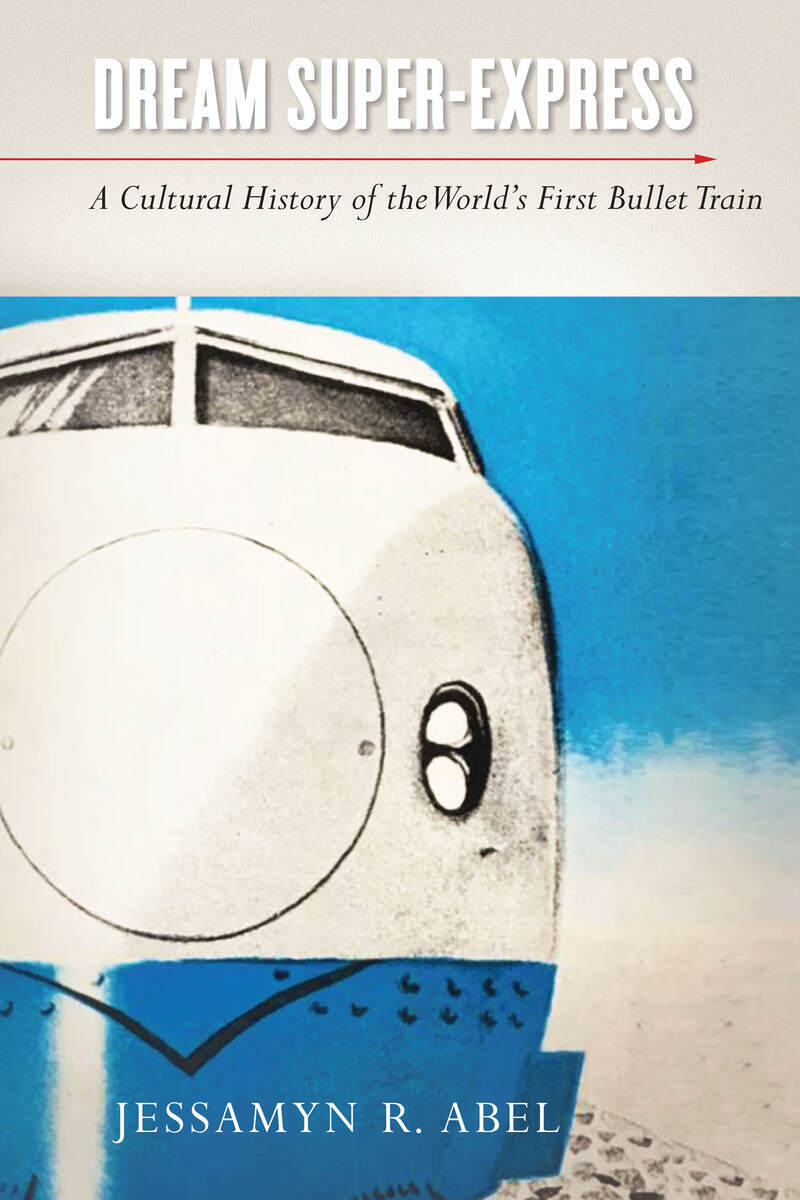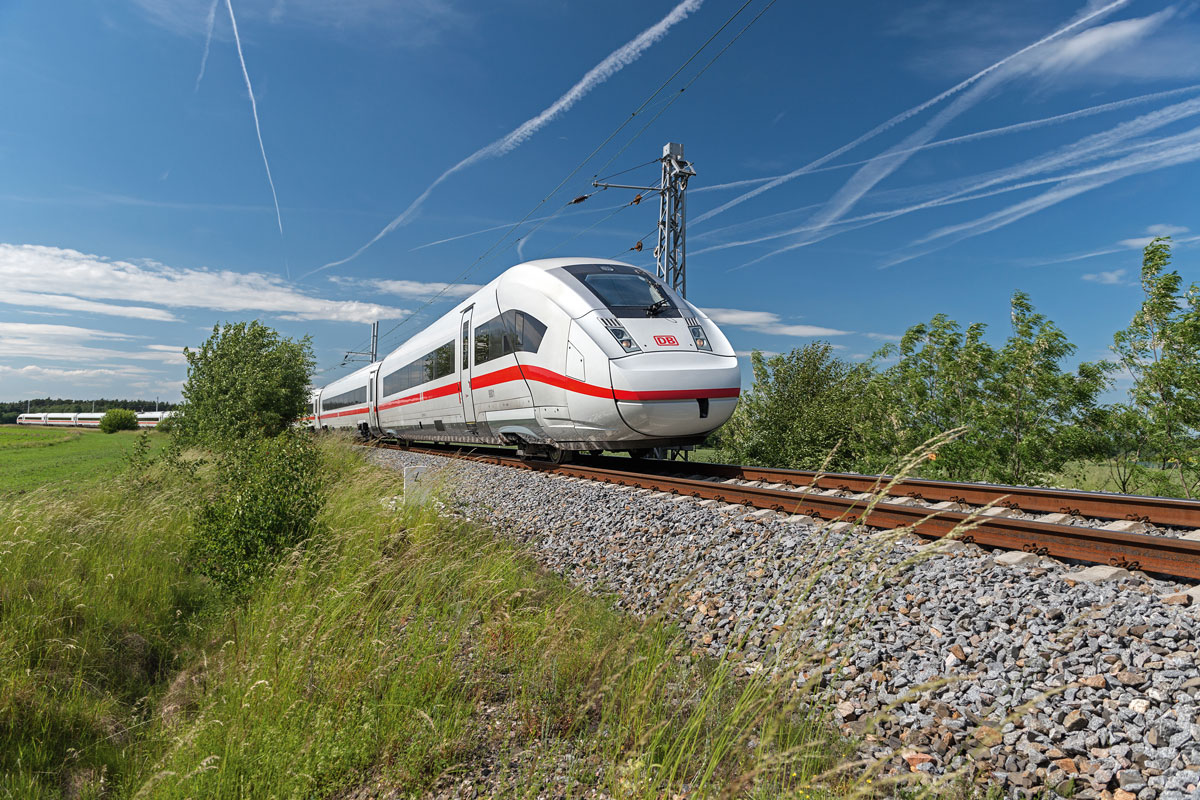A train racing along a fixed line, connecting distant cities but also dividing the landscape, redefines the space it slices through. Railroads, like other public infrastructure, are tools wielded by bureaucrats, elected officials, and other planners for the reorganization of urban and regional space, but they are also forces that can damage communities and destroy natural and built landscapes in their paths. Whether beneficial or harmful, infrastructure reshapes the ways people use and envision those spaces.
The world’s first bullet train system, the Tōkaidō Shinkansen, was completed in October 1964. Emerging at the intersection of rapid economic growth, new approaches to city planning, and the steady urbanization of Japan, the new line played a significant role in reshaping the urban geographies of Tokyo, Osaka, and the spaces in between. This talk considers the bullet train in terms of the social construction of space—the ways in which people think about and use physical spaces—comparing government plans with public reactions to highlight the interaction between ideas and the built environment.
We were joined by Jessamyn R. Abel, author of “Dream Super-Express: A Cultural History of the World’s First Bullet Train,” and Associate Professor in the Department of Asian Studies at Penn State University.


